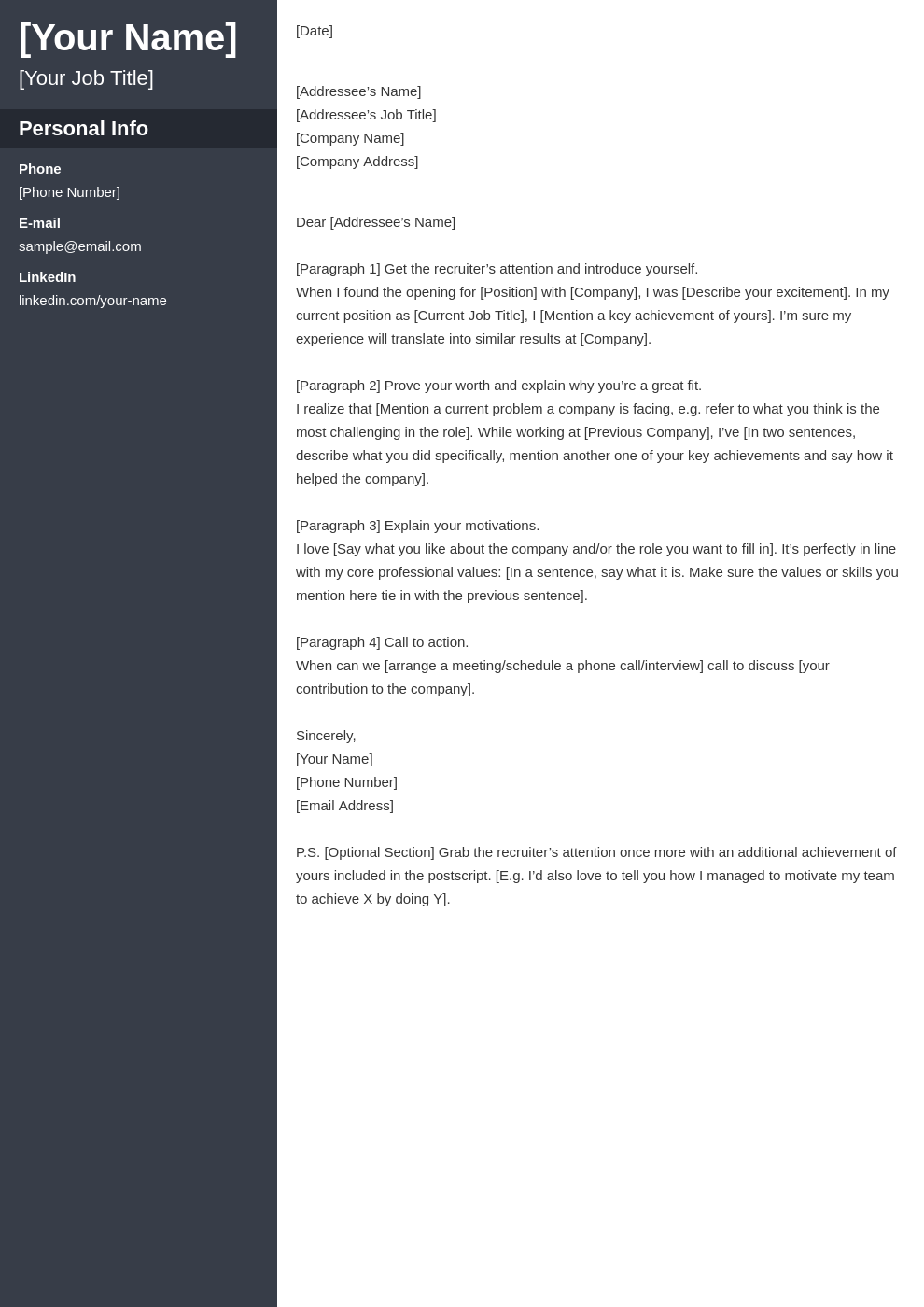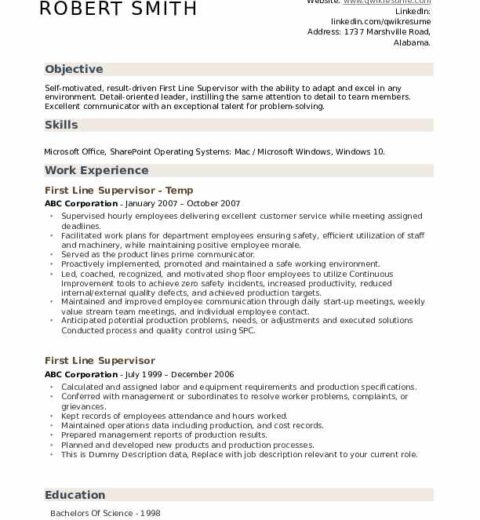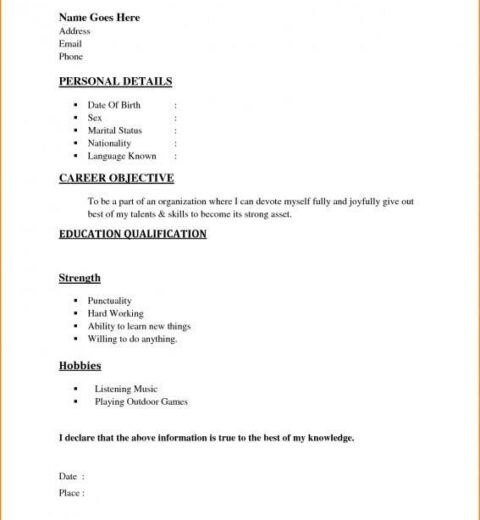A resume cover letter is not merely a formality; it is a crucial component of the job application process that provides an opportunity to make a compelling first impression. It serves as a personal introduction to potential employers, allowing candidates to articulate their motivations, qualifications, and the unique attributes that distinguish them from the competition. Understanding what a cover letter should look like and why it matters is essential for anyone navigating the job market.
The aesthetic appeal of a cover letter cannot be overstated. Much like the first few seconds of a date, it is the initial visual impression that can create intrigue and interest. A well-designed cover letter not only captures attention but also lays the groundwork for the narrative that follows. Therefore, the structure and formatting of a cover letter should be approached with careful consideration.
First and foremost, the cover letter should mimic the professional appearance of a resume. Use a clean, legible font such as Arial or Times New Roman, typically in a size ranging from 10 to 12 points. Adequate white space is vital to providing a readable layout. Margins should be set to one inch on all sides to prevent the document from appearing overcrowded. This attention to detail establishes a level of professionalism that can impress hiring managers before they even read a single word.
At the top of the cover letter, include your name, contact information, and the date. Following these elements, specify the recipient’s name, title, and the company’s address. For those applying to well-established organizations, tailoring the letter to the hiring manager demonstrates a keen awareness of the company’s culture and shows that you have done your homework.
The introduction of the cover letter is pivotal. It should captivate the reader’s interest while succinctly stating your purpose. Open with a strong statement that conveys your enthusiasm for the position. For instance, rather than a generic opening like “I am writing to apply for the position of…,” consider a more engaging approach, such as “Driven by a passion for innovative design, I am eager to contribute my skills in graphic design to the team at [Company Name].” Such a line not only establishes your intent but also conveys excitement and a connection to the role.
Transitioning from the introduction, the body of the cover letter should articulate your qualifications in a coherent manner. Tailoring your experiences and skills to the specific job description is essential. Rather than reiterating your resume, utilize this space to inject a narrative that showcases your most relevant qualifications, achievements, and experiences that align with the company’s values and mission. In this section, it is also invaluable to incorporate quantifiable metrics to underscore your contributions. For example, “In my previous role, I spearheaded a marketing campaign that increased engagement by 30% within six months.” Such statements not only highlight achievements but also depict you as a results-driven professional.
Moreover, while discussing your skills and experiences, it is beneficial to articulate how you can add value to the prospective organization. Focus on their needs, and illustrate how you can meet those needs. This shifts the narrative from “I have” to “I can,” which is persuasive and impactful. Not only does this demonstrate accountability, but it also shows that you have carefully considered what the employer seeks in a candidate.
As you approach the closing of your cover letter, it is vital to reiterate your enthusiasm for the position and the company. Express gratitude for the opportunity to apply, and invite them to discuss your application in greater detail during an interview. A strong closing statement might read, “I am eager to further discuss how my background, skills, and enthusiasms align with the goals of [Company Name]. I look forward to the possibility of contributing to your team.” This not only signals politeness but also reinforces your eagerness and confidence in engaging further with the organization.
Lastly, do not forget to include a thoughtful sign-off. A simple “Sincerely” or “Best regards” followed by your name maintains professionalism. If you’re submitting a printed version, include a handwritten signature above your typed name to add a personal touch. This final gesture enhances the overall aesthetic appeal and exhibits a level of dedication that can be appreciated by hiring managers.
In conclusion, a resume cover letter should not be an afterthought. Its aesthetic appeal and structuring are integral to making a favorable impression. The blend of professional formatting, a tailored narrative, and genuine enthusiasm creates a compelling case for your candidacy. Remember that this document has the distinct power to set you apart in a myriad of applications. Therefore, every element should work harmoniously to convey who you are as a professional, what you can offer, and why you are excited about the opportunity at hand. A thoughtfully crafted cover letter thus becomes not just a part of the application process; it is, in fact, a strategic tool in your job-seeking arsenal.




